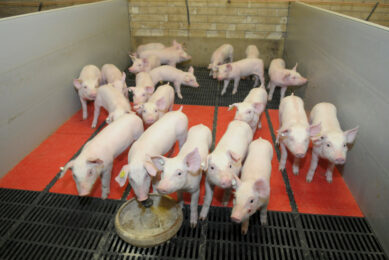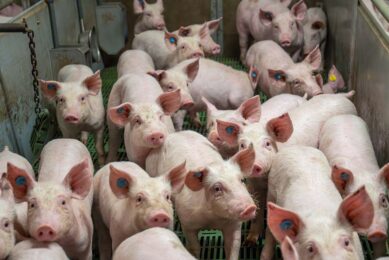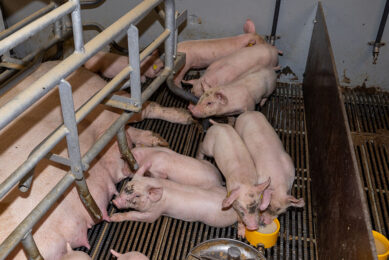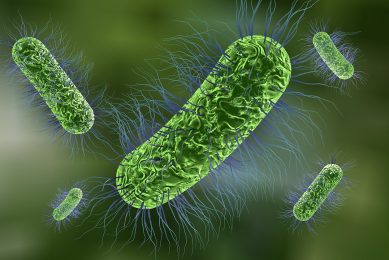The link between post-weaning diarrhoea and meningitis in piglets
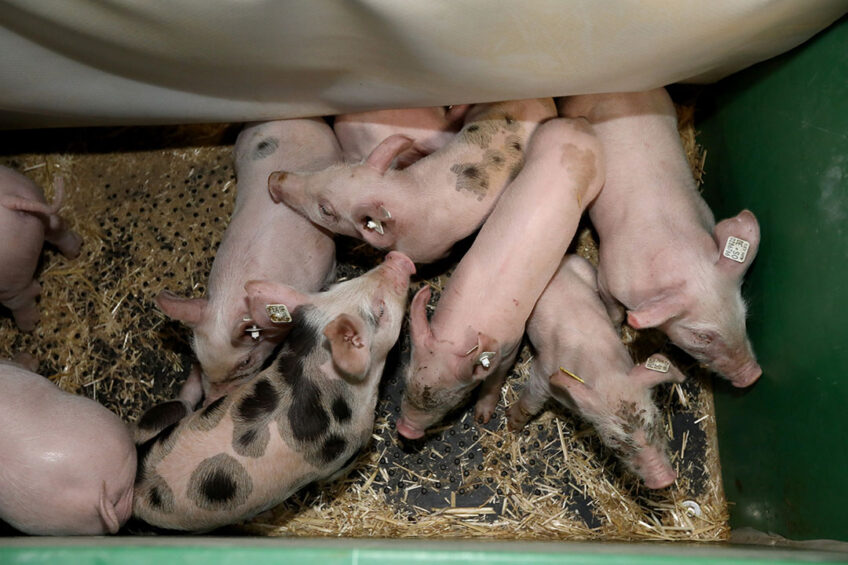
Now that growth-promoting antibiotics and high levels of zinc oxide have been banned, interesting connections emerge. Recent studies reveal that E. coli problems and S. suis problems in post-weaning pigs might be related. What consequence can this have for dietary recommendations? Dr Francesc Molist of Schothorst Feed Research explains.
After the EU ban of therapeutic levels of zinc oxide (ZnO), post-weaning diarrhoea remains the major problem specially in the first 2 weeks post-weaning. Together with Streptococcus suis (S. suis), Escherichia coli (E. coli) is the largest causative agent of health problems in weaned piglets.
In addition to their common ground in causing major health and welfare problems, recent filed studies suggest a new interaction between E. coli and S. suis. It seems when antibiotic usage for post-weaning diarrhoea is high in the first 2 weeks post-weaning, also a high antibiotic usage due to S. suis infections can be found in the 3rd and 4th week post-weaning.
Piglets suffering from S. suis infections are in some cases piglets with the highest feed intake
Post-weaning diarrhoea linked to meningitis and arthritis?
It may therefore be the same piglets suffering from post-weaning diarrhoea will subsequently be suffering from meningitis and arthritis in the later weaner period. Although the mechanism under the interaction is not totally understood, one possible common link between these 2 diseases could be the leaky gut.
It is well documented that post-weaning diarrhoea usually results in an increased gut permeability. This increase in gut permeability might results in secondary infections due to S. suis.
Although the upper respiratory tract is the main colonisation and entry site for S. suis, the role of the oral and intestinal routes in the development of S. suis infections can not be discarded. Piglets suffering from S. suis infections are in some cases piglets with the highest feed intake. It has been reported that certain nutrients such as starch play an important role in triggering the virulence gene expression of S. suis.
Overeating might increase risks
It could be hypothesised that overeating may increase the risk of S. suis problems in week 3 and 4 post-weaning. With the current knowledge it can be recommended to control post-weaning diarrhoea by management, hygiene, vaccination and/or feeding strategies to avoid secondary infections due to S. suis afterwards.
Avoiding overeating of piglets by controlling their feeding pattern might also help to reduce the acute cases of meningitis that usually result in high mortality.



